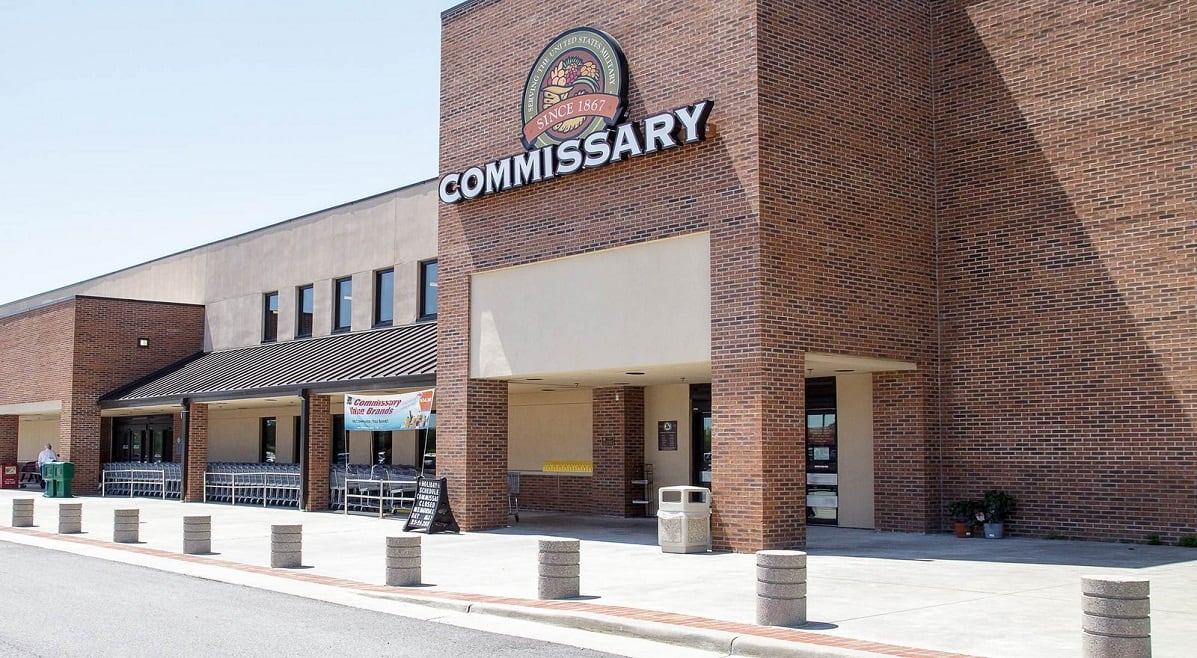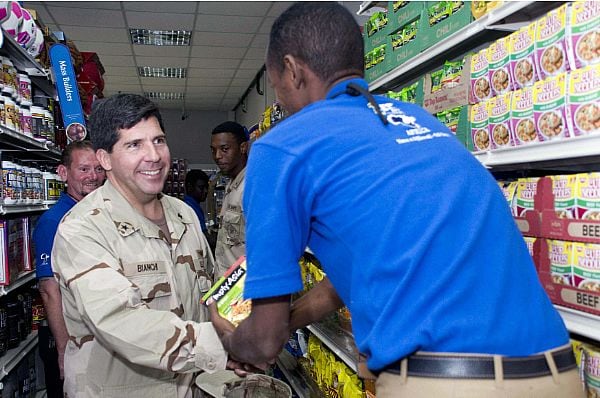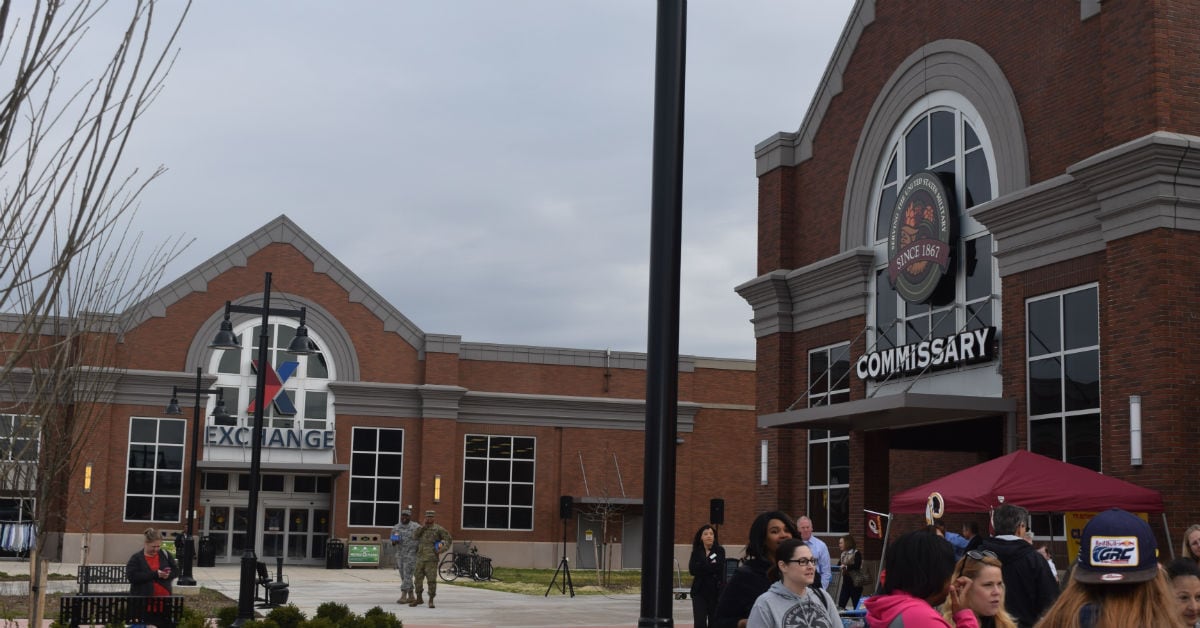A task force analyzing whether to consolidate the commissary and exchange systems won’t include members of military or veteran advocacy groups, Defense Department officials said, though its members plan to seek their input.
“We will be engaging with the veteran service organizations at least once a month” for input and “some voice of the customer,” said Stacey Tyley, a management and program analyst working on community services reform in the Office of the Chief Management Officer, during a recent media roundtable.
“It’s a logical conclusion that the beneficiary/customer voice should be considered in any change in the delivery of a significant benefit,” said Joyce Raezer, executive director of the National Military Family Association.
RELATED

Details are still being worked out about who will be on the task force, and a director is expected to be named soon. Members from outside the government “would change the nature of the task force” and limit it to an advisory role, DoD spokesman Christopher Sherwood said.
Officials do expect that at least one senior enlisted adviser will be a part-time member of the task force, Sherwood said. They’re in discussions about which enlisted leader will take part.
“Presuming we lock in the [senior enlisted adviser],” Sherwood said, that member will be a resale system customer and an advocate, and will participate in the calls with military service organizations and veteran service organizations.
The task force starts its analysis in July and is expected to wrap up in seven months. In establishing the task force, Deputy Secretary of Defense Patrick Shanahan said in a May 29 memorandum that he agrees with the idea that “a single consolidated organization offers the greatest potential to achieve the economies and efficiencies” necessary to ensure that the commissary and exchange benefits survive.
RELATED

The DoD Reform Management Group recommended consolidating the Defense Commissary Agency, the Army and Air Force Exchange Service, Navy Exchange and Marine Corps Exchange.
During the recent media roundtable, John H. Gibson II, the DoD chief management officer, and Tyley discussed their intentions and plans regarding the next steps in the consolidation effort. Some takeaways:
- No customer changes, for now: The “front piece” of commissaries and exchanges won’t be addressed by the task force, said Gibson. “Where they shop... it all stays the same,” he said. It will focus on the business operations to determine whether DoD can save money by combining functions such as accounting and personnel matters. Eventually consolidating those tasks wouldn’t necessarily mean the stores would combine.
- Pass the savings on: Money saved could be used to benefit morale, welfare and recreation programs, Tyley said, or could allow officials to set lower prices. “Any time you can lower the cost of doing business, that’s a benefit” for military customers, Gibson said. One potential savings point: Combining the buying power of the commissaries and exchanges to allow for bulk-order savings.
- Exchanges first: The task force will look at whether it’s sensible to put the exchanges under a single management umbrella, Tyley said, then will determine whether the commissaries should be added. There’s no timeline for either move, Tyley said, and changes could require new legislation. There is congressional support for integrating back-office operations of the exchanges, Tyley said.
Karen has covered military families, quality of life and consumer issues for Military Times for more than 30 years, and is co-author of a chapter on media coverage of military families in the book "A Battle Plan for Supporting Military Families." She previously worked for newspapers in Guam, Norfolk, Jacksonville, Fla., and Athens, Ga.





